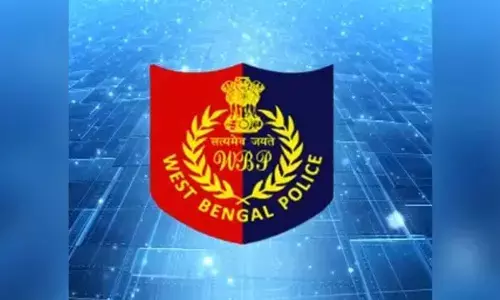ISRO to Launch PSLV-C24, IRNSS 1-B on April 4

Indian Regional Navigation Satellite System (IRNSS). ISRO to Launch PSLV-C24, IRNSS 1-B Navigational Satellite on April 4 2014 from Sriharikota space station.
 ISRO/Sriharikota: Polar Satellite Launch Vehicle, in its twenty sixth flight (PSLV-C24), will launch IRNSS-1B, the second satellite of the Indian Regional Navigation Satellite System (IRNSS). The Launch will take place from the First Launch Pad(FLP) of Satish Dhawan Space Centre, (SDSC)SHAR, Sriharikota. PSLV-C24 will use 'XL' version of PSLV. This is the sixth time 'XL' configuration is being flown, earlier five being PSLV-C11/Chandrayaan-1, PSLV-C17/GSAT-12, PSLV-V19/RISAT-1, PSLV-C22/IRNSS-1A and PSLV-C25/Mars Orbiter Spacecraft missions.
ISRO/Sriharikota: Polar Satellite Launch Vehicle, in its twenty sixth flight (PSLV-C24), will launch IRNSS-1B, the second satellite of the Indian Regional Navigation Satellite System (IRNSS). The Launch will take place from the First Launch Pad(FLP) of Satish Dhawan Space Centre, (SDSC)SHAR, Sriharikota. PSLV-C24 will use 'XL' version of PSLV. This is the sixth time 'XL' configuration is being flown, earlier five being PSLV-C11/Chandrayaan-1, PSLV-C17/GSAT-12, PSLV-V19/RISAT-1, PSLV-C22/IRNSS-1A and PSLV-C25/Mars Orbiter Spacecraft missions.
This time the vehicle, PSLV-C24, will carry IRNSS-1B, the second satellite of the Indian Regional Navigation Satellite System (IRNSS).
The vehicle is expected to take off from the first launch pad on April 4, 2014 from Sriharikota space station and will use 'XL' version of PSLV on April 4, 2014. IRNSS is an independent regional navigation satellite system, which is developed by India.
The satellite is designed to provide accurate position information service to users in India as well as the region extending upto 1500 kms from its boundary.
Application of IRNSS includes terrestrial, aerial and marine navigation, disaster management, vehicle tracking and fleet management, integration with mobile phones, precise timing, mapping and geodetic data capture, terrestrial navigation aid for hikers and travellers, visual and navigation for drivers, said Isro sources.

The vehicle will carry IRNSS-1B, which is the second navigation satellite of the seven satellites constituting the IRNSS space segment. In July 2013, IRNSS-1A was launched by PSLV-C22 both the vehicles got similar configuration. The satellite has been realised in less than seven months after the launch of its predecessor.
 IRNSS will provide two types of services, including Standard Positioning Service (SPS), which is provided to all the users and Restricted Service (RS), which is an encrypted service provided only to the authorised users. The System is expected to provide a position accuracy of better than 20 m in the primary service area.
IRNSS will provide two types of services, including Standard Positioning Service (SPS), which is provided to all the users and Restricted Service (RS), which is an encrypted service provided only to the authorised users. The System is expected to provide a position accuracy of better than 20 m in the primary service area.
The satellite system also comprises of a space segment and a ground segment. While the space segment consists of seven satellites, with three satellites in geostationary orbit and four satellites in inclined geosynchronous orbit. IRNSS-1A, the first Satellite of the IRNSS constellation, has already started functioning from its designated orbital slot after extensive on orbit test and evaluation to confirm its satisfactory performance, said Isro.
IRNSS ground segement is responsible for navigation parameter generation and transmission, satellite controls, ranging and integrity monitoring and time keeping.
This will be the sixth time XL configuration is being flown, while the previous five include PSLV-C11 for Chandrayaan-1, PSLV-C17/GSAT-12, PSLV C19/ RISAT-1, PSLV-C22/IRNSS-1A and PSLV-C25 Mars Orbiter Spacecraft missions. The mission life would be around ten years for IRNSS-1B.
Click here to get the complete PDF Boucher from ISRO official website:
ISRO to Launch PSLV-C24, IRNSS 1-B Navigational Satellite on April 4














